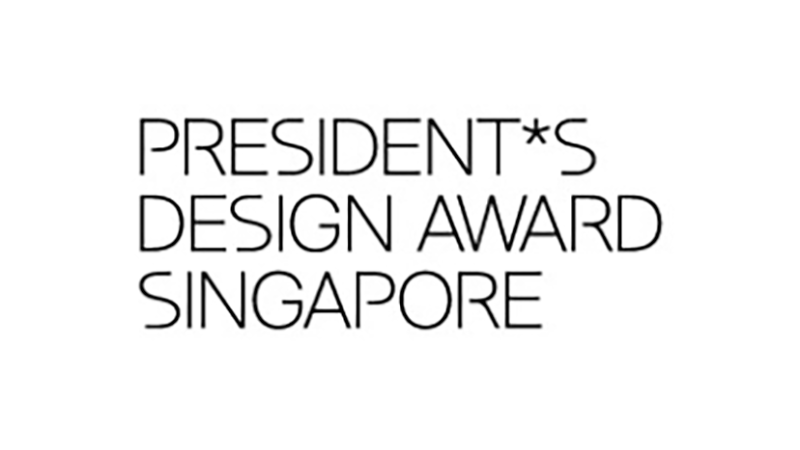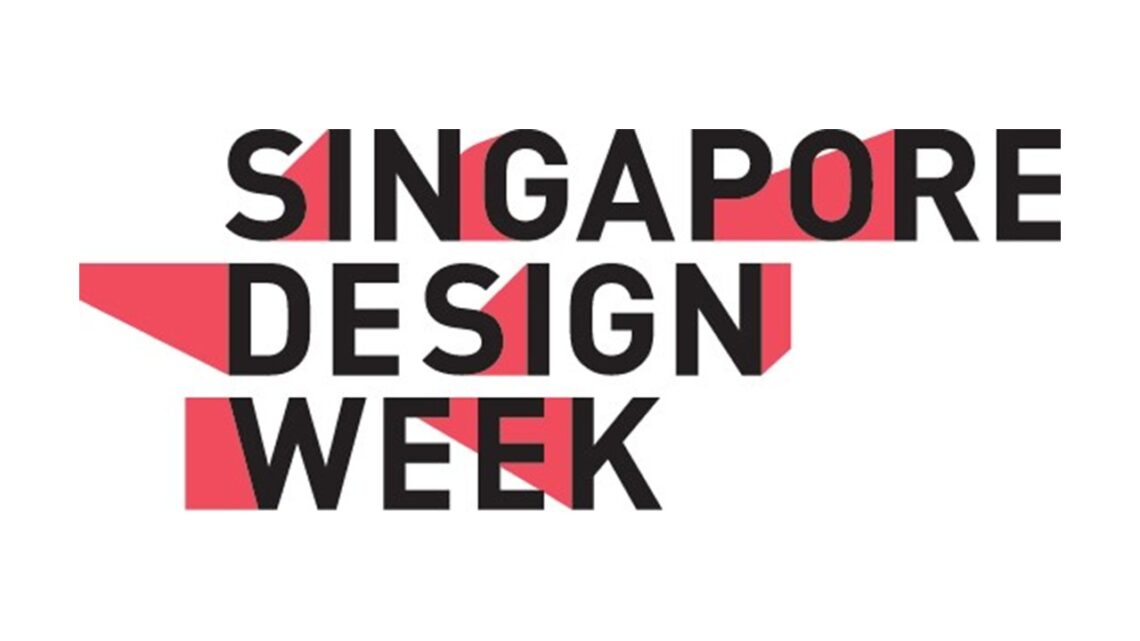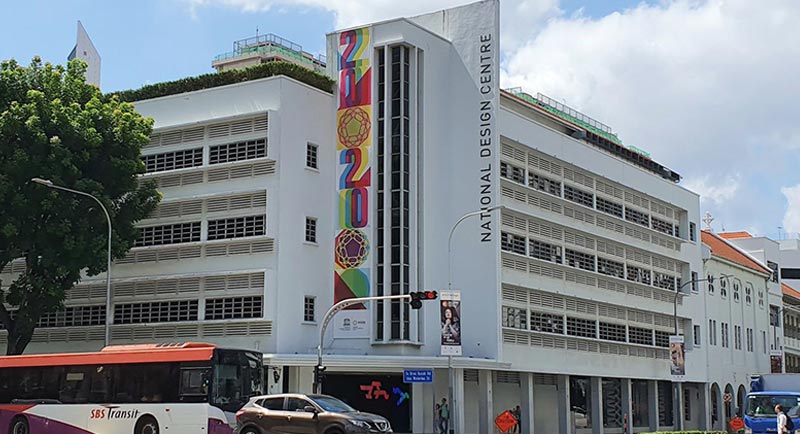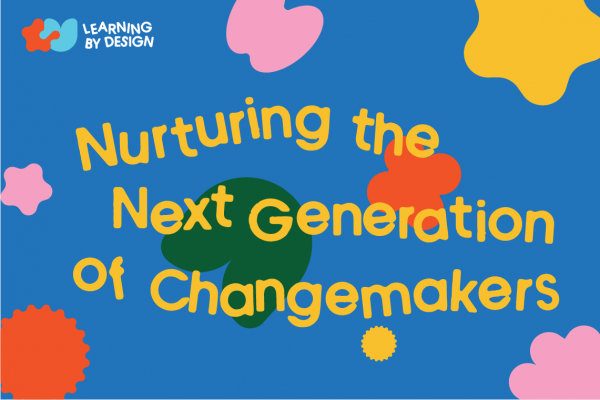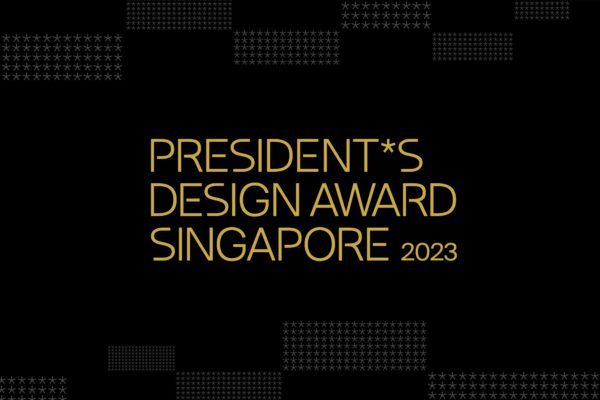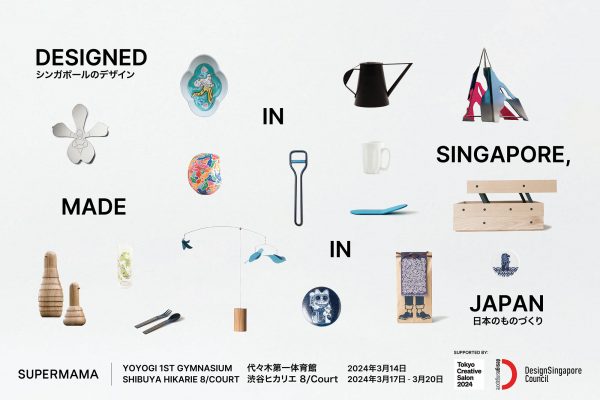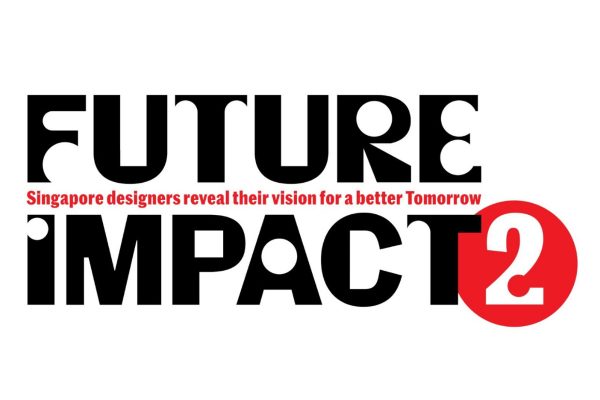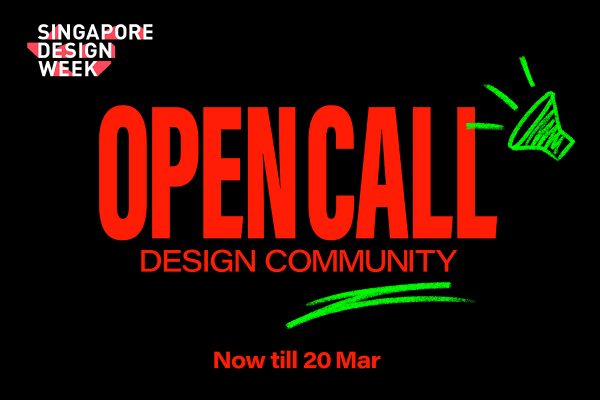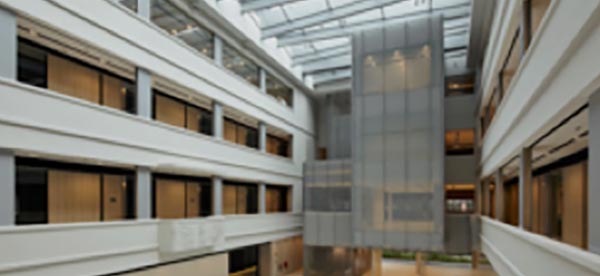
“Can the designer save the world?” A panel of international speakers – in Singapore for the Jury Session of the President’s Design Award 2014 – presented their perspectives on the topic to a full-house public audience at The URA Centre, 25 July. We highlight some of their most memorable quotes:
TIM KOBE, founder & CEO, Eight Inc (Singapore, USA)
On best practices
“Best practices can lead you into a trap. When a business delivers a service to its customer that is the same as its competitors, it reduces the ability to convey something distinctive.”
On being ‘anti-discipline’
“We used to say we were cross-discipline and now I’m just ‘anti-discipline’. We decided not to be architects, industrial designers or communication designers. The idea of creating something people would love shouldn’t follow some constrained protocol.”
On emotional appeal
“Emotion exceeds form and function. You remember a great friend, a great meal, a great city because of the emotion each creates.”
NORIHIKO SHINYA, vice-president, Super Potato Pte Ltd (Japan)
On the origins of Japanese hospitality design
“The root of Japanese hospitality design comes from the tea ceremony, originated by Sen no Rikyū. While the first tea ceremony room was revolutionary in design, the materials used to build the room were mostly recycled as wood and soil, reflecting the Japanese culture of re-inventing materials.”
On Mujirushi Ryōhin (MUJI)
“The name Mujirushi Ryōhin means ‘no brand, good quality’. In order to express this concept, we have simple daily, household items. For example, we re-packaged broken crackers which we consolidated from cracker companies and sold them under the MUJI brand. The crackers taste just as good.”
On his interpretation of Singaporean design
“The interior design [of the Straits Kitchen restaurant in Hyatt Hotel] is our interpretation of Singapore. It is a mix of everything. Some people may think it is chaotic, but that is Singapore to us.”
WERNER AISSLINGER, founder, Studio Aisslinger (Germany)
On the value of design to culture
“Germany is a high-tech country with heavy industries. Design is seen as part of the production chain, which is a pity. I try to convince the public that design is part of culture. Like other disciplines, example, architecture and fashion design, we all produce culture. On one hand designers are producing business, on the other hand we’re producing culture. It’s important that design is not just part of industrial marketing or production. We also produce culture values which push civilization ahead.”
On energy independence
“The future of energy is in the storage of energy. Buildings should use mobile energy storage units. We did a project on this for an office. Each person’s unit was charged by the solar roof. In the morning, the workers would collect the units and take them to their workspace to plug in their laptops and electronic devices. This may be the strategy for renewable energy in the future.”
On story-telling
“Design has to tell stories. We worked with an Italian manufacturer on a sofa concept using a modular system which connected seating pieces to build an ‘island’. The story is that family life is changing. Everyone has their own mobile devices but they still like to have a place in the house to meet up and connect with each other. With the sofa, everyone can find his or her niche or corner on the ‘island’ which has curtains and higher and lower seats suited to their activity. On one hand it’s just a sofa but on the other hand, it has a place in the modern everyday life.”
BRANDON GIEN, CEO, Good Design Australia (Australia)
On winning a billy cart design contest in university
“I wanted to be an industrial designer because I loved products and taking them apart and finding out how they could be improved. The competition taught me to take risks; that function is better than form and that we need a reward to celebrate success.”
On the responsibility to create sustainable design
“We have a lot of products that end up in rubbish bins. Industrial designers are referred to as ‘landfill designers’. We design things that drive consumerism. We design products to be desirable. There needs to be much more consideration to what happens to these things at the end of their product life-cycle: where they end up; how we encourage manufacturers businesses and designers to be more aware of material selection, of design and business sustainability.”
On the need for design to think big
“It is critical to see a system rather than individual products or series of things. We should look at design not in isolation but as part of a larger world. The best example is Tesla, an American electric car company. They look at the eco-system that would charge the car. They look at the charge stations and how they are powered by solar energy. It’s such companies that are game-changers, that break the mould to address our energy issues using design and innovation.”
